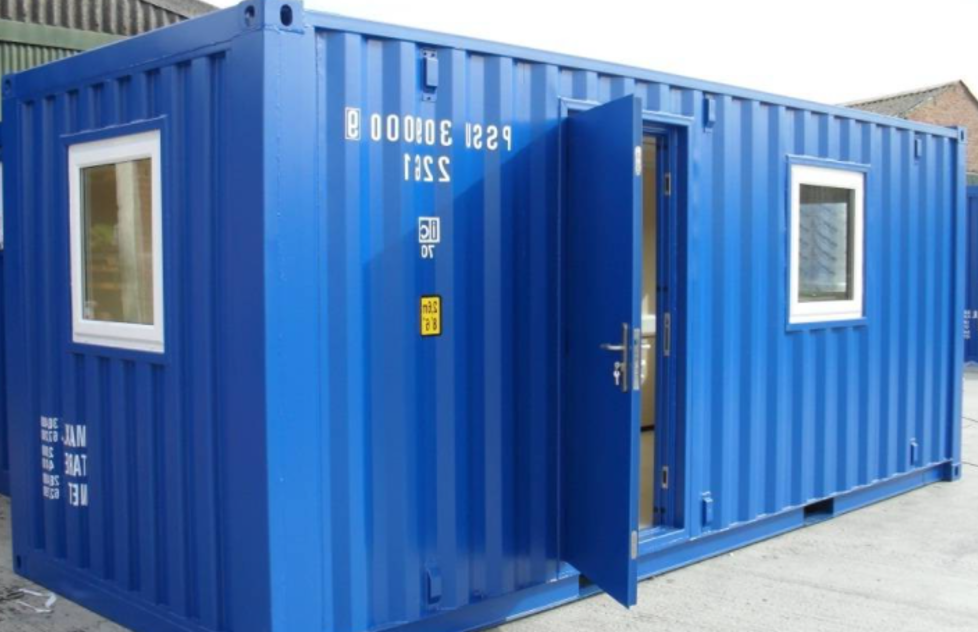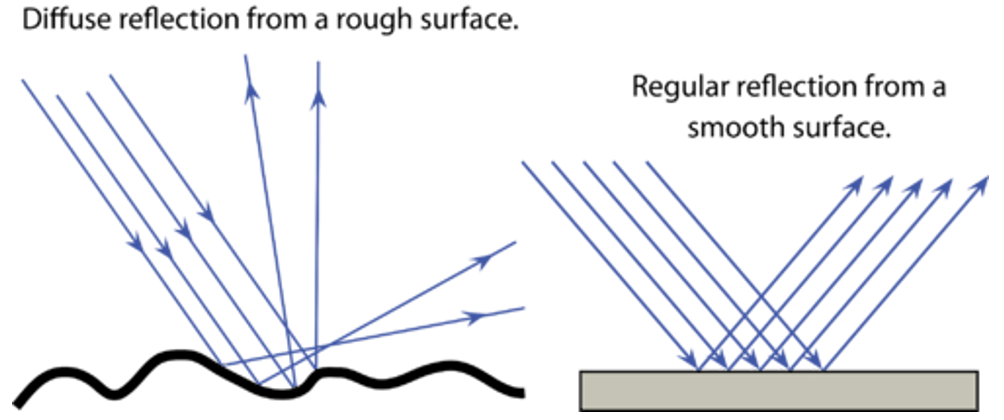If you are setting up a 4G/5G router inside a metal portacabin, you are going to need an external antenna.
You see them on almost every constriction site in Europe – basically containers retrofitted into offices. They offer huge advantages from a construction company’s point of view as they offer protection from flying stone chippings, are robust against knocks and bangs, and are easy to transport between sites.

You may have also noticed on some construction sites that they also have CCTV with a monitoring ARC to protect them from theft. These CCTV systems usually connect back to the ARC via 4G/5G as they tend to be temporary setups.
For an ARC to be able to connect reliably, they typically need upload speeds of at least 5Mbps. This can be easily achieved with a good 4G signal.
The problem arises where a system integrator installs a 4G/5G modem inside the portacabin during the day, and everything works fine. Then at the end of the day, they close over the steel window covers and leave site. Unfortunately for the ARC the 4G signal which was previously coming in via the window is now blocked and they go from a good signal to terrible signal – just when they are needed to protect the site.
The reason is simple physics; mobile networks use electromagnetic waves to carry the data. At the frequencies they operate on, a steel surface acts in the same way a mirror acts for visible light. So even though the steel is only millimetres thick the signal just bounces off it.

So what is the solution?
Installing an external antenna allows the signal to be picked up outside of the portacabin and thus negating the blocking effect of the steel. It is best to install the antenna over the roof. Installing on to the sides can result in blocking the signal from a number of directions.
So next time you are on site and you see a system integrator installing a modem inside a portacabin, give them a nudge and tell them Netcelero says to put an antenna on the roof too!


